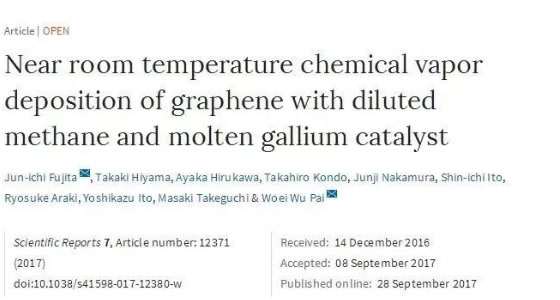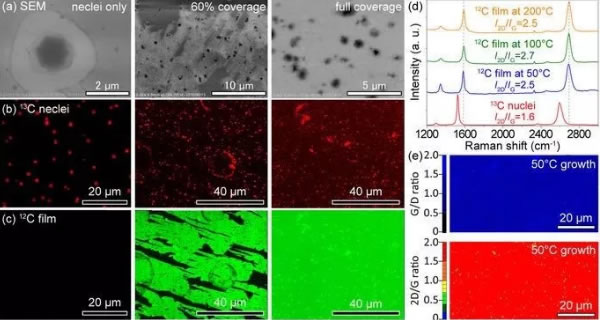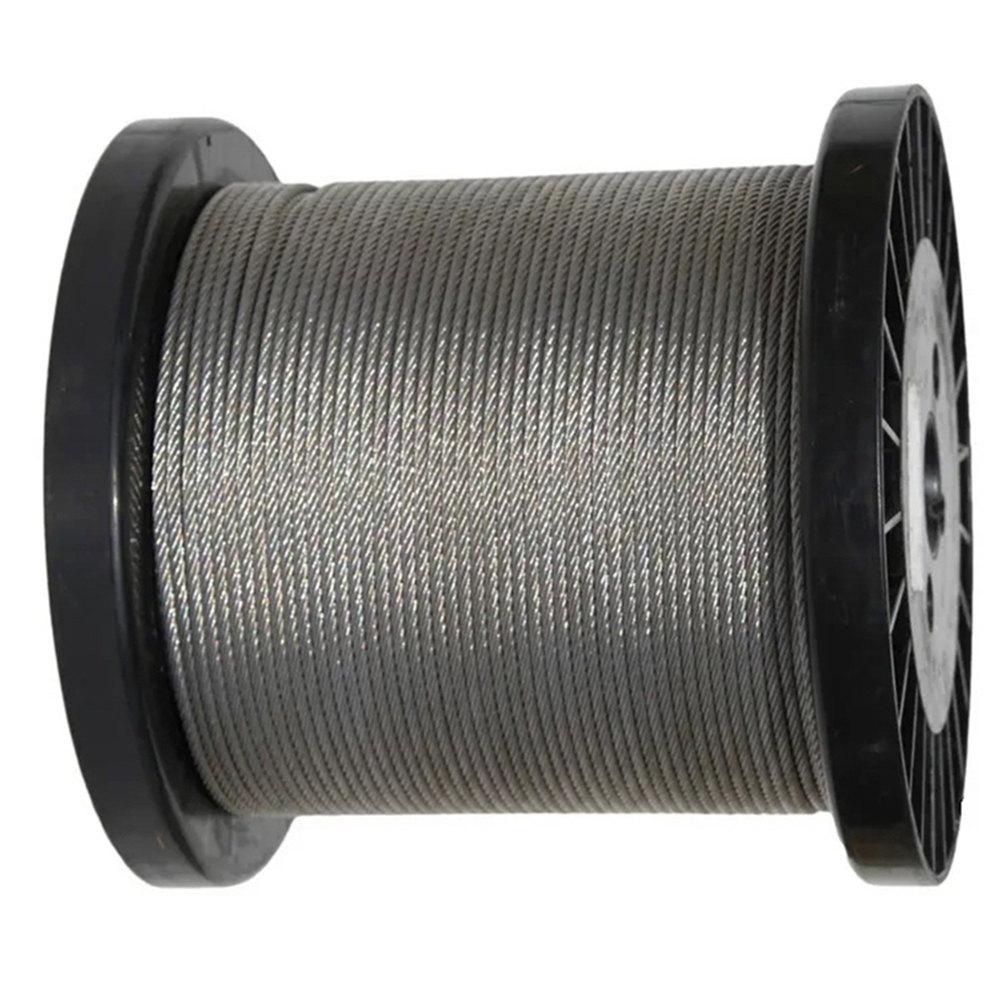Recently, researchers from Japan and Taiwan have created a new CVD method to grow graphene at a temperature as low as 50°C using a dilute methane vapor source and a melting cerium catalyst. This research is a major advancement in low-temperature graphene synthesis technology, and researchers have for the first time grown graphene directly onto plastic substrates, and graphene can be integrated into various electronic devices in the future.

It is well-known that CVD is currently the most effective method for the preparation of high-quality single-layer large-area graphene films. However, the current process requires high temperatures above 1000° C., and the cost is high and the process is complicated. Recently, a team of researchers from Japan and Taiwan created a new CVD method to grow graphene at a temperature as low as 50°C using a dilute methane vapor source and a melting cerium catalyst. The results of the study were published in a recent issue of Nature’s Scientificreports.
Reducing the CVD synthesis temperature of graphene can be an excellent integration of graphene into various applications, such as the direct integration of CVD grown graphene into electronic devices.
The team explained that in silicon-based electronics, the maximum temperature at which components can withstand graphene integration is about 400°C. The threshold of plastic semiconductor devices is even lower, and it can only withstand temperatures up to 100°C during graphene growth. In conventional CVD techniques, graphene growth occurs near 1000°C and is not suitable for direct integration into electronic devices.

This new approach can overcome this limitation. The team chose fused silica as a catalyst to grow CVD graphene on sapphire and polycarbonate substrates with the help of dilute methane atmosphere. The required temperature can be reduced to about 50°C. Cerium is selected as a catalyst because it is a catalyst that has proven effective in the recent graphene growth method, and can be easily removed by gas jet after synthesizing graphene. The carbon source is methane gas diluted to 5% by mixing air with a mixture of nitrogen and argon.

Graphene characterization results
Researchers used Raman spectroscopy, scanning electron microscopy, and high-resolution transmission electron microscopy to examine the quality of grown graphene. The characterization results show that the new CVD process can grow high quality graphene at near room temperature (relatively speaking), and graphene is grown on polycarbonate substrate and sapphire substrate at 50° C. and 100° C., respectively.
Low temperature synthesis can be achieved by attaching carbon to the edges of the pre-grown graphene crystal core without damaging the substrate or surrounding components. The pre-existing nuclei themselves are prepared by conventional CVD processes or by special nuclear transfer techniques using mixtures 12C and 13C at low temperatures.
The presence of a fused rhodium catalyst promotes the absorption of methane at lower temperatures so that the final reaction barrier is very low, below 300°C and 0.16 eV. Studies have also found that the molten state of the crucible is sufficiently fluid to promote increased transport and growth of carbon atoms.
It has been found that the rapid growth kinetics associated with lower reaction barriers and cryogenic nuclear transfer processes promotes the growth of graphene down to as low as 50° C. and is the result of competing pathways where methane is first decomposed on the surface of the crucible; The liquid helium adsorbs methane, and methane is then deposited in the helium.
The study also found that these two pathways are favorable at high and low temperatures, respectively, and explain the reasons why weak temperature dependence and low reaction barriers exist in the process. The methane uptake pathway is also considered to be a unique feature of enthalpy of fusion because it is found to be ineffective when other metals are used, including common graphene catalysts such as copper and nickel.
This research is a major advancement in low-temperature graphene synthesis technology, and researchers have for the first time grown graphene directly onto plastic substrates. Anyone in the graphene field will understand the potential impact of low-temperature synthesis methods and can be used to integrate graphene into various electronic devices in the future.
Our products range in diameter from 0.5mm to 64mm, including 1X19, 7X7, 6X19, 7X19, 6X36, 8X19, 8X36, 19X7 and 35X7 with fiber core and steel core. In addition to these conventional wire ropes, we can also supply high-quality special wire ropes.
Most wire ropes work under harsh conditions and must be resistant to crushing, bending fatigue and wear. All of our wire ropes strive to achieve high performance levels to extend service life and thus increase the productivity of the end user. We therefore ensure that all materials are produced according to the wire rope industry standards. Each wire rope can be supplied with, for example, thimble eyes, spun ends and wedge sockets as well as many other assembly components. In addition, we also provide custom service, our team of engineers can manufacture the wire rope to the required specification according to your requirements. All materials are certified, traceable and ISO9001 compliant.

7X7 Wire Rope,Stainless Aircraft Cable,316 Stainless Steel Wire Rope,7X7 Stainless Steel Wire Rope
Jiangsu Hongze Stainless Steel Wire Rope Co., Ltd , https://www.hzrope.com